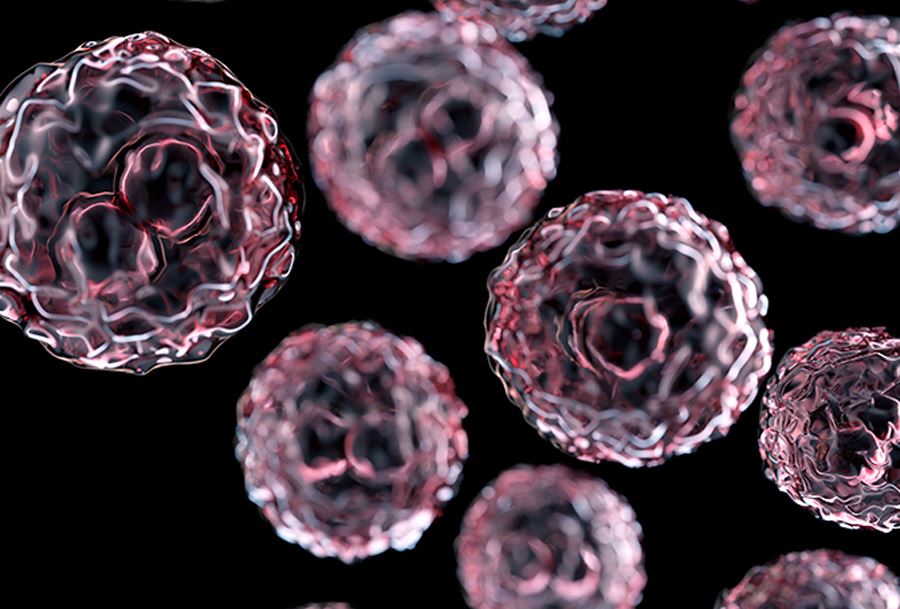Nanomaterials
Nanomaterials have increasingly been incorporated into consumer products, although there is varying and insufficient knowledge about their effects on health and environment. They can enter the body through the lungs, gastro-intestinal tract or skin into the circulatory and lymphatic systems and from there onto other tissues and organs.

Due to their small size to volume ratio, nanoparticles are usually more reactive and have different properties compared to the same material without nanoscale features. This may be a potential risk for the environment and human health. Therefore, Nordic Ecolabelling uses the precautionary principle and limits the use of potentially hazardous nanomaterials.
How does the Nordic Swan Ecolabel contribute?
The requirements for the Nordic Swan Ecolabel restrict the use of nanomaterials. They are only permitted in products if:
- The safety is considered satisfactory for both the user and the environment.
- There is no release of nanoparticles throughout the life cycle of a product, including the waste and reuse phase, and other methods/materials are not available.
- The use of nanomaterials has environmental benefits and does not cause negative environmental or health effects in any part of the life cycle.
Definition of nanomaterials
Within the EU, two definitions of nanomaterial exist. The definitions are used where relevant in Nordic Ecolabelling sets of criteria:
- The European Commission has proposed a general definition (2011/696/EU): “A nanomaterial is a natural, incidental or purposely manufactured material containing particles, in an unbound state or as an aggregate or as an agglomerate and where, for at least 50% of the particles in the number size distribution, one or more external dimensions is in the size range 1–100 nm.”
- The EU regulation on Cosmetic Products (1223/2009) from 2009 has specific definition: “’Nanomaterial’ means an insoluble or biopersistent and intentionally manufactured material with one or more external dimensions, or an internal structure, on the scale from 1 to 100 nm.”
Environmental background
Nanomaterials are a diverse group of materials under the size of 100 nm, which can have altered properties compared to their bulk counterparts. Further, different sizes, shapes, surface modifications and coatings can also change their physical and chemical properties, which complicates the risk assessment. There is concern among regulators, scientists, environmental organisations and others about the insufficient scientific knowledge regarding the potential detrimental.